State of the Union, not always spoken, has evolved over time

President Bush delivered his State of the Union address on Wednesday and argued a number of issues, most notably Social Security reform. Though Bush’s State of the Union is hotly contested by Democrats and others, it is important to note that the speech is nothing more than the president’s suggestions, and that its effectiveness relies wholly on Bush’s ability to persuade Congress.
Article II, Section 3 of the Constitution states that the president “shall from time to time give to the Congress Information of the State of the Union, and recommend to their Consideration such Measures as he shall judge necessary and expedient.” While this allows the president to influence the legislative branch, members of Congress are under no obligation to do as he wishes.
Presidents have historically addressed the legislature once a year, near the beginning of each new session of Congress. Though this regularity is not mandated by law, it was established by the pioneering first president, George Washington, who opted to address Congress roughly once every year. The practice caught on, and the tradition has remained in subsequent years.
Though our modern conception of the State of the Union is that of an oral presentation to Congress, it has not always been a speech. Though Washington and John Adams addressed Congress in person, President Thomas Jefferson thought it more formal to send a written report to Congress.
Written State of the Union addresses continued to be the norm until 1913, when Woodrow Wilson delivered an oral presentation to Congress. Throughout the 20th century, presidents switched back and forth between oral and written reports. Eventually, however, the oral address to Congress became tradition, especially because of the power of the televised speeches in the latter half of the century.
President Richard Nixon had his own way of doing things, and the State of the Union address was no exception. In 1973, Nixon felt that the issues that faced the nation were too broad to fit into one speech. However, he did not go with the popular alternative of sending a written report to Congress, either. Instead, he delivered his State of the Union in a series of speeches before Congress, each highly focused upon one or more important issues.
The State of the Union address has become a tradition in American politics, and has evolved over time as presidents have tailored it to fit their needs. Its primary purpose, however, remains to display the president’s agenda to Congress, and to inform the country and Congress of the present condition of the United States of America.